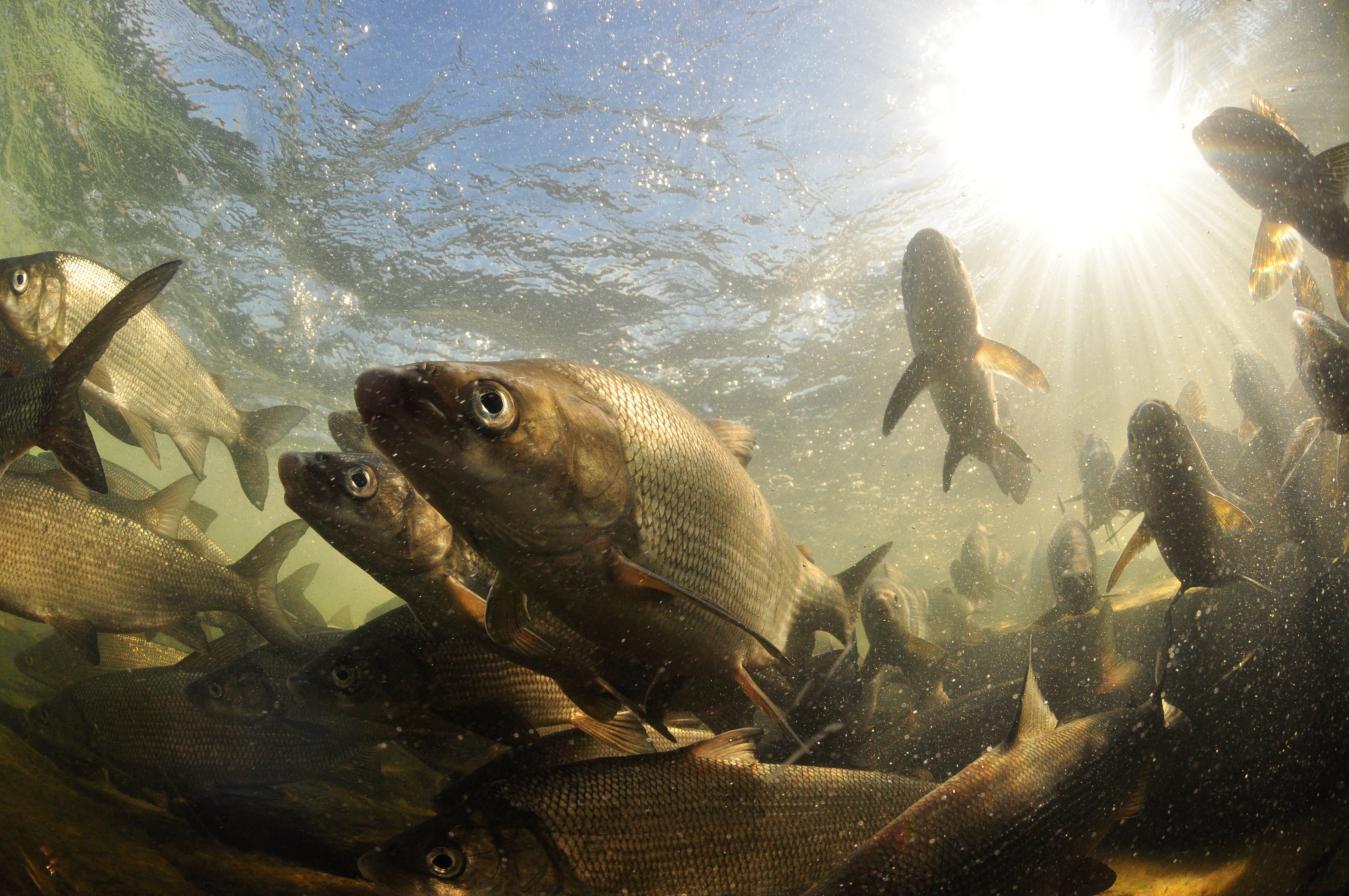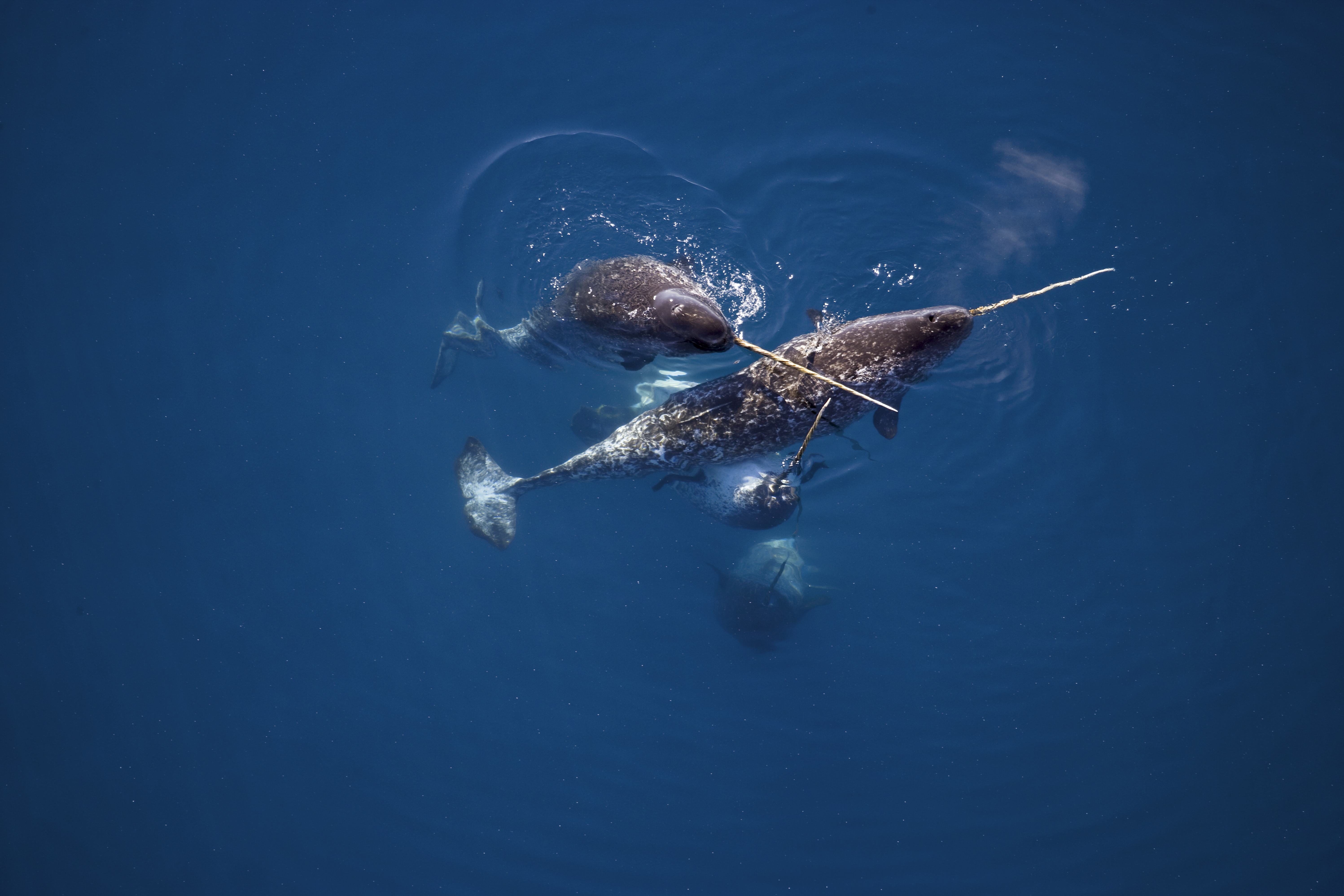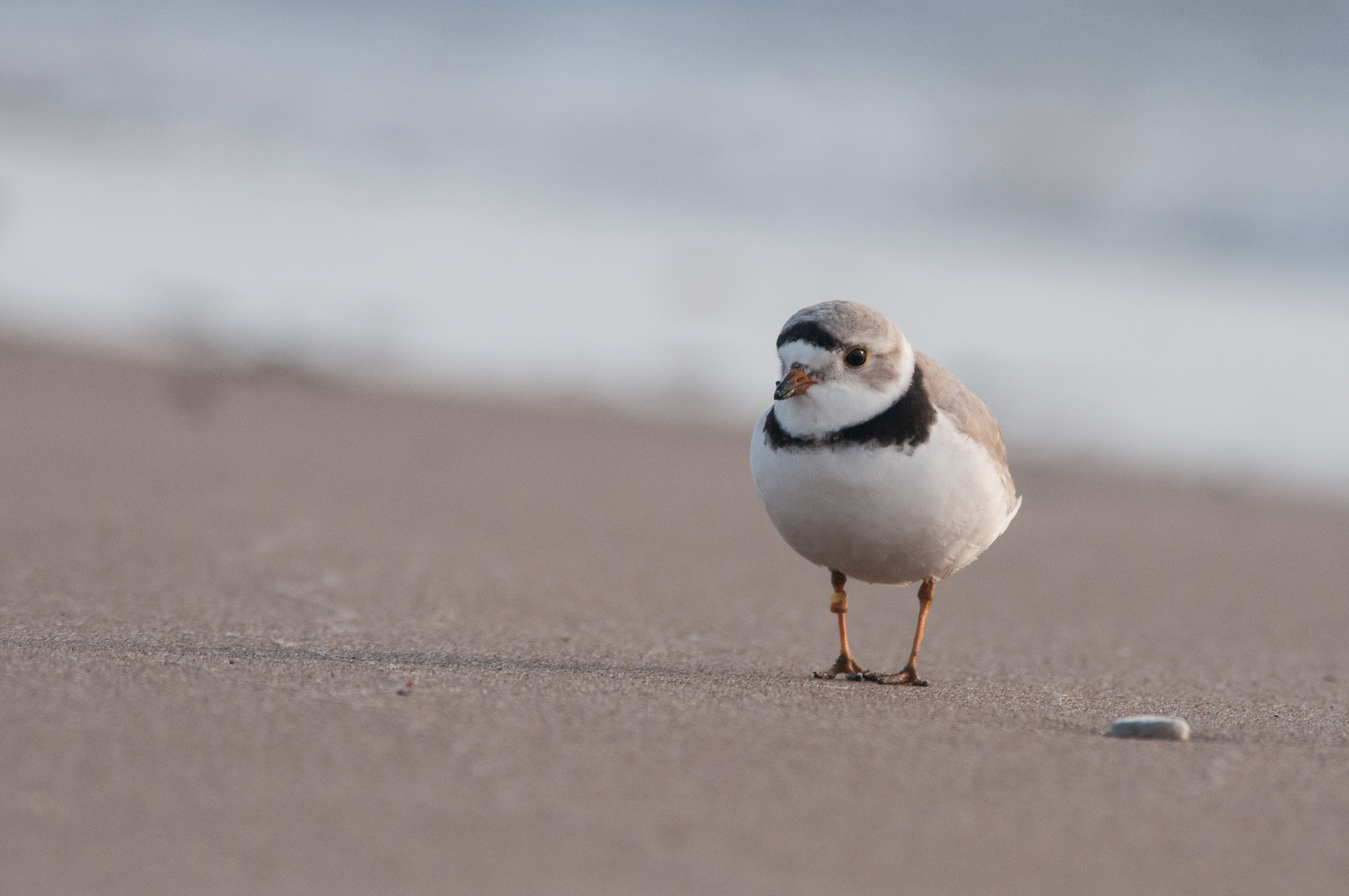Nearly Half of Canada’s Monitored Wildlife Populations Are In Decline
Credit to Author: Jacob Dubé| Date: Thu, 14 Sep 2017 01:00:00 +0000
Canadians soon might not recognize the animals on our pocket change. A new report from the conservation nonprofit World Wildlife Fund Canada (WWF-Canada) shows that nearly half of the country’s monitored vertebrate wildlife populations are in decline. (Invertebrate creatures are far less well-studied.) The populations that are declining, including woodland caribou, lake whitefish, and swift fox, dropped 83 percent on average since 1970.
The tendency for researchers (and research funders) to focus on commercially popular animals, partly because they’re of interest to hunters and businesses, has left other species understudied, experts told me. For example, Canada has 20 percent of the world’s freshwater, but has barely scratched the surface in terms of researching the creatures that live there, and their ecosystems.
The WWF-Canada report points to problems with this country’s Species at Risk Act (SARA), which may not be working as well as conservationists hope to protect native species.
Barren ground caribou. Video: VideoFort via Shutterstock. GIF: Jacob Dubé
This won’t come as a surprise to anyone who’s been paying attention to the animal world. Last year, WWF’s Living Planet Report, which examines biodiversity loss every two years on a global scale, found that the populations of two-thirds of wild animals around the world could be in decline by 2020. WWF-Canada’s vice-president of science, research and innovation James Snider told me that, with this in mind, it was important to get a better understanding of what was happening in Canada specifically.
Read More: Hunt Moose to Save Caribou That Are Killed By Wolves, Scientists Say
“Our focus is to say, where do we need to be doing more? There’s a lot of trends here in Canada’s wildlife population that are indicative of declines, [suggesting] more action is needed in terms of wildlife conservation,” Snider said.
To create a Canadian Living Planet Index (LPI), Snider and his team researched 3,689 monitored populations of 903 vertebrate species, including polar bears, rattlesnakes, and the flying hell demons we call geese. This represents about half of the known vertebrates in Canada, and includes population data from 1970 through to 2014. For species in decline, the average rate of decline is four percent per year.
Snider called this “eye-opening,” adding: “It’s a clear wake-up call for us. Action needs to be taken to stop wildlife loss in Canada.”

According to the report, the main causes for population declines include habitat loss, climate change, pollution, invasive species, and the overuse of Canada’s natural resources, most notably in the fishing industry. These factors aren’t isolated but work together.
“Humans value big game so they’re well researched”
These researchers looked at the woodland caribou, which is endangered in Canada. According to Robert Serrouya, a University of Alberta professor who published a study published last month suggesting that moose hunting could help stabilize the caribou’s population, the caribou became at-risk due to factors involving invasive species as well as habitat change. (Serrouya wasn’t involved in the WWF-Canada report.)
He said caribou are of interest to researchers partly because they’re hunted. “Humans value big game so they’re well researched,” Serrouya told me over the phone.
The burrowing owl. Video: Rembrandt86 via Pond 5. GIF: Jacob Dubé
That tendency can cause studies on other animals to be underfunded by comparison, especially those in freshwater ecosystems, according to WWF-Canada CEO and former mayor of Toronto David Miller. The report notes this same problem. Miller said the species that are the most ecologically important to freshwater systems, like the forage fish, aren’t the ones that the fishing industry is interested in, so it’s challenging to get funding to study them.
The report also questioned the effectiveness of Canada’s Species at Risk Act (SARA). SARA was implemented in 2002 to create a database of at-risk species and work towards stabilizing and recovering their numbers. But SARA has faced criticism from the scientific community for not implementing the protections that certain species need and taking too long to add new species to their database.

Snider and his team found that before certain species were listed under SARA, their populations were declining at a rate of 1.7 percent each year. After 2002, they found that the decline of those species went up by 2.7 percent each year, despite their listing as at-risk. He said that the data appears to show that the rate of decline actually increased after SARA was implemented.
“If they’re designated as species at risk, we know they’re not doing well, and so in some ways we expect decline. But what’s worrisome is the rate of that decline doesn’t seem to be improving,” Snider said.

Beyond beefing up SARA, making sure a species doesn’t end up as at-risk is a priority, Snider said. Stabilizing the population of an at-risk species, although possible, is extremely challenging, since their numbers are so low. There are actions that individuals can take, Miller emphasized, like participating incitizen science initiatives. Still, it could take years to see results.
Get six of our favorite Motherboard stories every day by signing up for our newsletter.